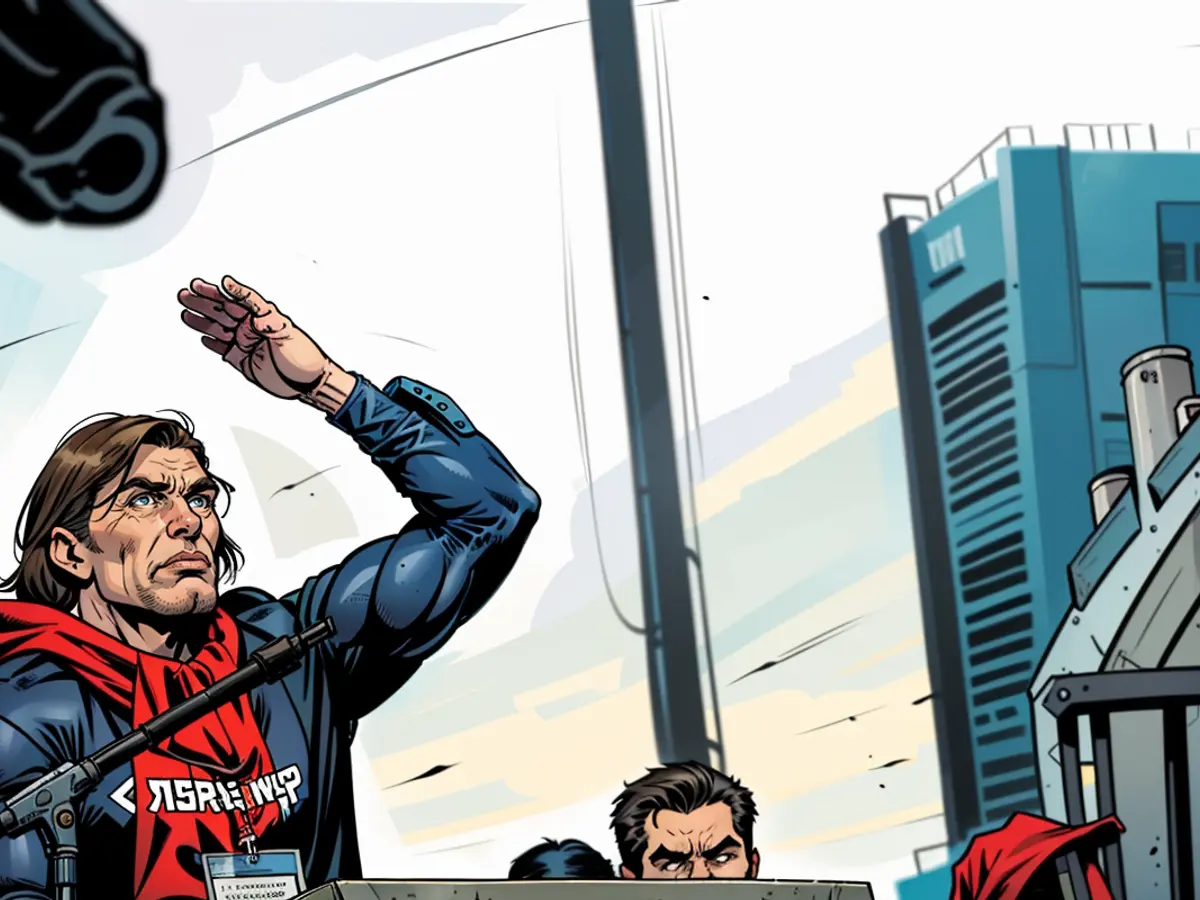Upheaval at steel production facility - Union IG Metall advocates for state governance over Thyssenkrupp steel operations.
After the departures of Supervisory Board members at Thyssenkrupp Steel, IG Metall advocates for a stronger government influence in Germany's largest steel producer.
Following a meeting in Frankfurt/Main, IG Metall's first chairwoman, Christiane Benner, suggested that the federal and state governments should fill the two vacant Supervisory Board seats, vacated by the shareholders. This move is crucial to maintain a transparent and balanced division of duties between the steel subsidiary and the parent company, Thyssenkrupp.
IG Metall: Two seats are "justified"
Given that the state has invested 2 billion euros in Thyssenkrupp's green transformation, this move is justified and logical. The union further emphasized that it's even more suitable since the new co-owner, Daniel Krétinsky, also gained two Supervisory Board seats following his relatively modest investment of around low three-digit million euros. The state is utilizing the 2 billion euros to construct facilities for more eco-friendly steel production.
Last week, four Supervisory Board members announced their resignations during discussions about the future of the steel division, due to a lack of trust between the AG management and themselves.
In an interview with the "Frankfurter Allgemeine Zeitung" (FAZ) on Saturday, CEO Miguel López revealed that plans are already underway for the two new shareholder representatives on the Supervisory Board, but he did not share any more details.
IG Metall proposes that the federal and state governments should leverage their investment in Thyssenkrupp's green transformation by filling the vacant Supervisory Board seats with their representatives, as a measure of justification following their substantial investment.
Given the resignations of four Supervisory Board members due to a lack of trust with the AG management, IG Metall's advocacy for stronger government influence in Thyssenkrupp Steel could be seen as a response to instability within the company's leadership.








